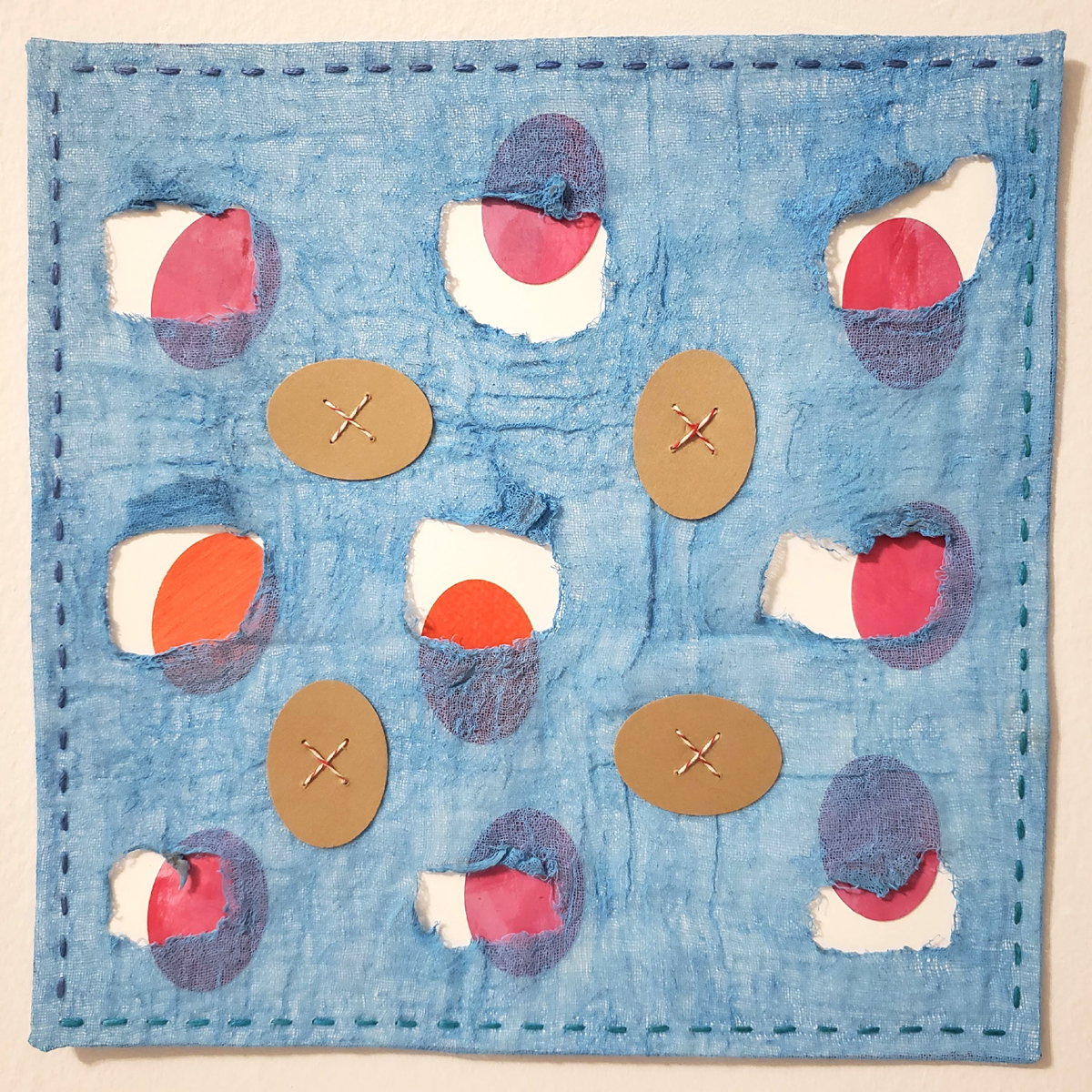
For all the ways in which the lockdown era has taken a toll on artistic production, it has also yielded some scrappy, alternative forms of making—and revived old ones.
Months of quarantine has ushered in a mini-renaissance for mail art, a decades-old genre that has long appealed to those looking to create outside the strictures of the institutionalized art world. Now, the art form has taken new weight with the future of the United States Post Office being thrown into jeopardy.
That fact was the inspiration for the USPS Art Project, a mail-art initiative launched in April by Brooklyn-based artist Christina Massey. The project comes in the form of a challenge for artists: create an artwork, then send it via USPS to another creative to finish the job.
In typical mail art fashion, the whole thing began quite humbly, Massey explains.
“It really started off with a text to a friend,” she tells Artnet News. That friend was Jaynie Crimmins, an artist who works with recycled junk mail as material. Massey built a wall-hanging aluminum sculpture, then sent it along to Crimmins, who fleshed it out with coils of ruffled paper.” Massey put their creation on Instagram and created a page inviting fellow artists to follow her lead.
“Our cluster of friends started doing and it grew quickly and organically after that,” Massey says.
Since then, more than 600 pieces of collaborative, exquisite corpse-style art have been created and shared on the account. Hundreds of artists from nearly every state in the country have participated.
Galleries across the country have also offered to show the creations, starting with the Pelham Art Center in upstate New York, where a selection of mail artworks are on view now through August 31. Shows are also lined up this fall at the Ely Center of Contemporary Art in New Haven, Connecticut; Sunset Art Studios in Dallas; and Art Gym Denver in the Colorado capital.
“I think it touched a nerve for a lot of people,” says Massey. “Overwhelmingly, artists are feeling like they want to do something to contribute to society, and this was an easy way. It doesn’t matter if you’re a political artist or if you normally paint still lives. Just by the act of doing it, you are participating in art activism.”